Remote Health Access
Overview
Covid-19 and the lockdown upended the routine delivery of health care in most countries and in response public and private health systems quickly adopted or expanded remote access to services previously available only in-person. The most important remote health services for patient advocacy organizations and their patient communities have been telehealth (telemedicine, diagnosis, disease management), home delivery of medicines (prescriptions, home infusions), and digital services (online or telephone-based tools for patients to navigate a health care system).
To successfully expand these services, governments have needed to refine or introduce a range of public policies. Some of these "remote health access” policies include allowing for extended prescriptions so that patients would limit trips to the pharmacy, allowing flexibility for medicine infusion in the home, introducing or increasing reimbursement for telehealth consultations, and facilitating access to the technologies and infrastructure required for remote access.

As governments deliberate, patient advocates should participate meaningfully in official decisions about keeping these remote access channels in place, planned expansion of these services, and how they are configured in existing health care delivery systems.
While the full extent of the experience with remote access is not known, discussions in many countries are taking place now about whether and to what extent telehealth and home delivery policies should continue into the post-pandemic future. Certainly, many patient organizations were involved early in the pandemic both pushing for remote access and in helping physicians, hospitals, and health systems to arrange for implementation. But when the pandemic recedes, the demand and supply of remote access services may trend lower as many will decide it is safe to return to in-person health care visits.
Nevertheless, while remote access may never reach as high a peak as in the middle of the pandemic, there is wide consensus that most countries should seek to expand remote health care services. Over time, experts believe that safety and quality standards will be adopted, reimbursement processes accommodated, and that the technology involved will become cheaper and more available. As a result, both physicians and the health care systems that employ them will offer increasingly sophisticated means of remote care for patients when clinically possible. The issue for patient advocacy organizations is to what extent remote health access services will be designed with the patient perspective in mind.
Policy Gap
As governments deliberate, patient advocates should participate meaningfully in official decisions about keeping remote health access channels in place, planned expansion of these services, and how they are configured in existing health care delivery systems.
Patient advocates can play an important role in making sure remote access and the policies that underpin them work well for the patients in the disease areas they represent. Regulatory and legal frameworks should allow for patient advocacy organizations to help coordinate the delivery of such services in collaboration with physicians, hospitals, and health systems. To the extent possible and appropriate, services provided by patient advocacy organizations to support remote health access should be eligible for funding or reimbursement.
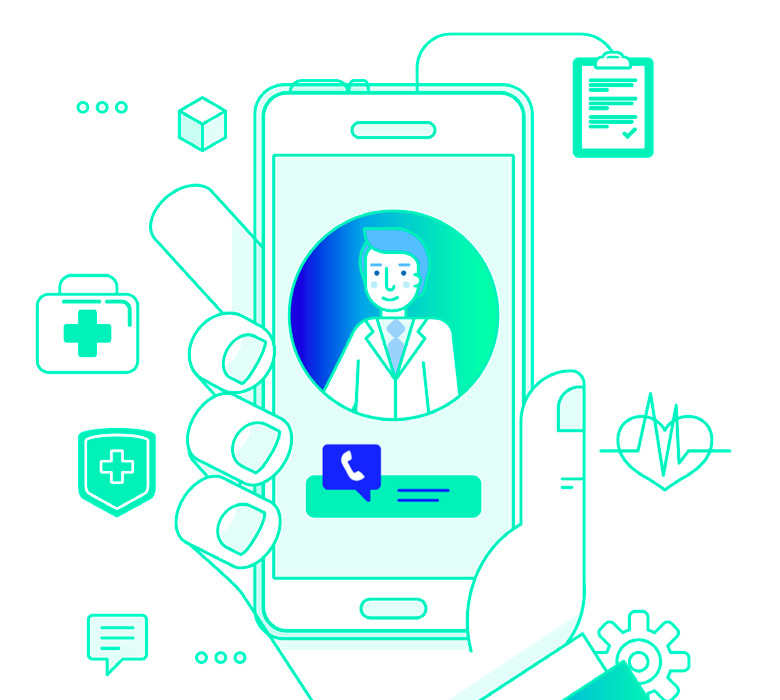
Key Messages
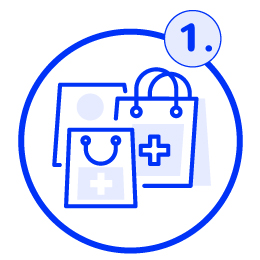
There are numerous potential benefits to telehealth, home delivery of medicines, and digital services.
Among these are patient and physician convenience, increased access to specialists, better treatment adherence, reaching far away and vulnerable populations, modernizing information systems and infrastructure, and alleviating the burden of crowded health care settings.

Many advocacy organizations are well positioned to play a larger education role in remote health access. For example, during telehealth visits, physicians can refer their patients to an organization's information online for ongoing education concerning a specific disease or condition.
Patient advocates can also use or repurpose such information to help prepare patients prior to or after telehealth encounters.


Advocates can help physicians and health care systems evaluate and provide ongoing monitoring of remote access services.
Patient-level feedback on telehealth, for example, can help make consultations for specific diseases better and/or more efficient.
Patient advocates can also help ensure remote access services programs do not become new pathways for health care fraud or abuse.

With home delivery of medicines or infusions, advocates can provide real time education for the patient and caregiver(s) on what to expect, as well as on proper administration and storage of the medicine, or to simply provide extra assurances should the patient or family have questions prior to, during, or after infusion.
In many cases, patient organizations can help determine whether patients are good candidates for home infusions since from a clinical and logistics perspective, not every patient should be automatically eligible.

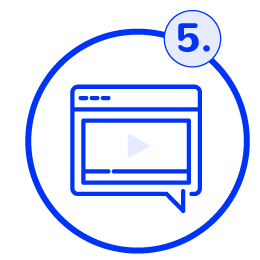
Digital services for a patient to navigate a health system's bureaucracy more efficiently should be designed and implemented with input and feedback from the users' perspective, which can be collected and shared with developers via patient organization surveys.
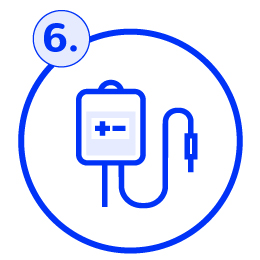
Patient advocates can serve as "technology brokers" in cases where patients or their caregivers require temporary access to or assistance with higher-end technology to enable a telehealth consultation or, for example, help enable real time oversight of a remote physician during a home medicine infusion. Patient advocates are aware of the "digital divide" based on age and socioeconomic circumstances that will limit access to remote services. They can also be part of the solution to deep inequities.


Sustained investments in remote access services by public health systems are especially critical to achieve universal health coverage and to ensure more citizens exercise their constitutional right to health without the barriers that occur with in- person visits or transactions.

There will be a temptation to ignore or deprioritize remote access services once the pandemic recedes and patient demand for in-person services rebounds.
But this would be a lost opportunity if policy makers do not send the right signals so that remote access public and private investments continue.


The supply and demand of telehealth and other remote health services should increase during difficult economic times, when people who get sick tend to prioritize their jobs more than their immediate health needs. Remote health access can help alleviate some of the difficulties many people will face in the months and years ahead.
Questions and Answers
Questions
The existing evidence is mixed on the value and quality of remote access (telehealth, home delivery, etc.). Some physicians and patients have championed these services, while others are not as enthusiastic. Why should patient advocates push now for there to be an expansion of these services?
Answers
Indeed, there is consensus that today's limitations are significant (e.g. insufficient internet bandwidth or access to devices). Also, the success and popularity of remote access is closely tied to the type of disease and the range of clinical services needed for quality management. However, health care systems will continue to invest in the possibility and governments will be convinced over time that remote access offers important efficiency gains. Remote health access will likely become more embedded in health care delivery. Patient advocacy organizations should prepare for this eventuality.
Questions
Instead of expanding into ? new forms of health care delivery, shouldn't advocates instead push as hard as possible for the health care system to revert to normal?
Answers
While most people would like systems to return to normal as much as possible, expanding remote health access can make "normal" in many countries much better for many patients. Advocacy organizations should see this as an opportunity. Organizations able to position themselves to coordinate remote access services for patients can offer this as an important element in their comprehensive patient programming even as health systems revert to pre-pandemic normalcy.
Research Resources
An article published by the World Economic Forum on May 1, 2020 discusses the promise of telehealth in the context of Covid-19, and describes efforts in several countries to promote its use, including after the pandemic.
Available atAn article in the May 21, 2020 BMJ Opinion Blog discusses some of the challenges with telehealth from the patients' point of view in terms of ensuring a quality experience.
Available atA New York Times article August 3, 2020 discusses telemedicine policy considerations in the U.S. health care system, including different views from consumers and health care providers about whether virtual health care services should be made permanent.
Available atIn a July 7, 2020 blog post in The Dialogue, Diana Saez describes several telecommunication companies throughout Latin America that have helped governments and consumers with the quick transition to online education, by increasing internet speed and bandwidth, upgrading customer data and telephone packages for free, expanding service coverage areas, subsidizing access to some online educational platforms or allowing offline access. These public/private partnerships are models for extending such technology to provide remote health access services, as well. The post is available in English or Spanish.
Available atChile's National Center for Health Information Systems (CENS) published on April 14, 2020 a Best Practices and Recommendations Guide in the Use of Telemedicine and Telehealth During Covid-19. CENS also prepared a manual for use by patients to prepare for telehealth consultations. These and related resources are available in Spanish.
Available atOn July 6, 2020, in the International Journal of Environmental Research and Public Health, researchers published results of surveys and interviews of physicians in Lebanon regarding their quick adoption of telehealth in response to Covid-19. Despite greater openness by physicians to telehealth, uncertainty remains. Recommendations are provided for expansion of telehealth beyond the pandemic.
Disponible aquíIn an article published June 1, 2020 in Cadernos de Saúde Pública, researchers discuss telehealth in the management of Covid-19 in Brazil, as well as how telehealth might be consolidated to improve Brazil's Unified National Health System (SUS). One section of the article provides background on how regulatory and legislative authorities in Brazil moved to make telemedicine more flexible as the pandemic took hold.
Available at Available atResearchers in Peru describe the evolution of their government's regulations designed to promote telehealth in the context of Covid-19 in a paper published August 8, 2020 in Acta Medica Peruana. The article (in Spanish) also describes several telehealth initiatives developed and implemented by the Peruvian College of Physicians.
Available atResearch Quotes
1 "To realise the long-term benefits of telehealth, organisations need to collaborate and learn what works well, where, when, why, and how. Governments need to support the health technology industry in developing and testing novel telehealth solutions that are simultaneously safe and agile. Industry needs to work with professionals and patients to ensure digital inclusion, data security, and solutions that are intuitive, flexible, and tailored to users' needs...The burden of care imposed on patients and their families must be considered, but new knowledge and competencies can be empowering for clinicians, patients, and carers alike. Just as COVID-19 has accelerated digital literacy, so too telehealth can accelerate health literacy."
[Available at]
2 "73 percent of Latin American countries have a digital agenda in place...but only 30 percent of their functions can be carried out digitally, and prior to the pandemic, just 7 percent of citizens' last contact with their governments was online. Therefore, governments have a large opportunity to adopt and incentivize the use of new digital technologies and services and to enhance existing ones...their need to establish digital channels is not only a necessity but also a priority...the challenges for most governments are not on the technological side, but rather involve economic resources and legal barriers. Governments need to use and leverage digital tools...with citizens to efficiently provide them with quality services."
[Available at]
3 "While some physicians acknowledged being pleasantly surprised by how easy it was to shift to telehealth, this sentiment was not universal. Those less enamored with telehealth explained how time consuming it was for staff to prepare patients for telehealth, triage technical issues, and change clinic workflows. Many felt video visits were often difficult to implement due to challenges at the patient or clinic levels. Notably, one-third of all telehealth visits in spring 2020 were audio-only (telephone) visits despite a clear preference for video. By supporting strategies to improve digital literacy, increase platform usability, and bring devices and broadband to underserved populations and health care settings, policy makers could encourage providers to revisit telehealth."
[Available at]
Videos
Podcast / 34:00 / Spanish
Interview with Merula Steagall - ABRALE
From WebMD / 12:07 / English
Coronavirus in Context: The Future of Telehealth.
Juvenile Diabetes Research Foundation (JDRF) / 3:07 / English
6 Tips for Telehealth Visits.
ingmedica / 7:57 / Spanish
Telemedicina cómo funciona.
LaTercera / 3:55 / Spanish
El rol de la Telemedicina en tiempos de crisis.
CNBC Television / 3:58 / English
Coronavirus creates new opportunities for patients to try telemedicine.
CENS Chile Webinar / 1:59:41 / Spanish
Pacientes protagonistas de le teleconsulta.
Global Health Intelligence / 1:28:45 / English
Telemedicine in Latin America: Gauging Its Potential During the COVID-19 Crisis and Beyond.
Suggested Tweets
Telehealth has helped thousands of patients keep pace with treatment during the pandemic We should continue to expand these remote health services and make them permanent.
#telesalud #telemedicina #saluddigital #teleconsulta #telehealth #telemedicine #telehealthservices #mhealth
Patient advocates help make telehealth possible and successful, especially for the most vulnerable. We ask physicians, hospitals, and all other providers of these services to work with patient organizations to build quality remote health access programs.
#telesalud #telemedicina #saluddigital #teleconsulta #telehealth #telemedicine #telehealthservices #mhealth
Telehealth physicians and nurses undergo training for how to do teleconsultations. Patients who can be managed remotely should also be properly equipped and educated for this new mode of health care delivery. Patient advocates can help.
#telesalud #telemedicina #saluddigital #teleconsulta #telehealth #telemedicine #telehealthservices #mhealth
With the right infrastructure, we can expand access and at the same time make sure patients are getting quality care and the right medicines at home when clinically possible. Let's invest in making telehealth a future reality for all.
#telesalud #telemedicina #saluddigital #teleconsulta #telehealth #telemedicine #telehealthservices #mhealth
Despite limitations, we have learned how to work from home and connect our children to schools remotely. Telehealth can be complicated, but similarly possible. It is a missed opportunity if we don't continue now to expand remote health access services.
#telesalud #telemedicina #saluddigital #teleconsulta #telehealth #telemedicine #telehealthservices #mhealth
The full potential of telehealth and other forms of remote health services will not be realized until patients with chronic, non-communicable diseases have a voice and role in the design, development and delivery these programs.
#telesalud #telemedicina #saluddigital #teleconsulta #telehealth #telemedicine #telehealthservices #mhealth
#Hashtag
Sample Sign-on Letter for a Coalition
Dear AAA (insert name of policy/decision maker):
The undersigned are leaders of several civil society patient-based organizations in BBB (insert country). We are writing to encourage you to become involved in expanding remote health services for the patients we represent and for all CCC (insert citizenry).
As you know, the quick expansion in remote health services such as telemedicine, home delivery of medicines, and home medicine infusions has been a positive development for the millions of patients not able to access health care services in person due to the pandemic lockdown. But the benefits of these services extend well beyond limiting exposure to the coronavirus and Covid-19.
When implemented thoughtfully, remote health services are frequently more convenient for physicians and patients, can help increase access to specialists where there are few, can lead to better treatment adherence, can be a catalyst for modernizing information systems and data infrastructure, and can help alleviate the heavy burden of clinic and hospital crowding. From a broader perspective, if we expand remote access services in our public health systems, we can reach and maintain greater levels of universal health coverage and ensure more citizens are able to exercise their constitutional right to health with fewer access barriers.
It is also important for you to know that patient advocacy organizations here in BBB (insert country) are well positioned to collaborate with governmental authorities, physicians, nurses, and other community actors to expand remote health access programs. We can help educate patients with specific diseases or conditions on what to expect from telehealth consultations or to prepare adequately for home medicine infusions. We can help evaluate and monitor remote services for quality and greater efficiency, and/or to ensure these services do not become a new pathway for fraud or abuse. Our associations can also help advise on improving and expanding digital solutions for patients and citizens to complete health care-related transactions online or by phone.
Of course, we are also very aware of the current "digital divide" where certain populations such as the aging and/or those with fewer economic means have less access than others to the technology and equipment needed to access remote services. Our associations are interested in working with you and with all stakeholders on ways to ensure telehealth and other services do not exacerbate health inequities. Many of our associations have helped patients with low economic means gain temporary access to technology for successful virtual telehealth visits or for home delivery/infusions of medicines.
In fact, we believe making remote health services more permanent now as part of our health care system in BBB (insert country) and expanding remote service offerings to more people is necessary in order to alleviate some of the burden of difficult economic times many of our citizens feel now and will experience in the near future when the pandemic fades. As you know, many families prioritize jobs and security over their health when faced with difficult economic situations. The time is now for them to be able to access health services remotely.
Our organizations are at your disposal for further discussion and consideration. Please contact DDD (insert contact name) via email (insert email address) or phone (insert phone number) in response to this letter or with any questions.
Sincerely,
(Name)
(Organization)
(Signature)
...repeat number of signatories as necessary...
Sample Media Placement for a Coalition
As patient advocates, our organizations help patients suffering from disabling and life-threatening diseases who require ongoing treatment and care. During the Covid-19 pandemic, we have provided education to communities at risk, helped patients navigate the health system to access needed care, and we continue to support patients with their emotional and mental health needs during these difficult times.
An important “silver lining" to the pandemic has been the quick expansion in remote health services such as telemedicine, home delivery of medicines, and home medicine infusions. This has allowed many patients to access necessary health care services from the relative safety of their homes and helped limit exposure to the coronavirus and Covid-19.
As we emerge from the worst of the pandemic, there will be a temptation to ignore or deprioritize remote health access services once patient demand for in-person services rebounds. It may also be difficult for a health system with more limited resources than before to invest in expanding such services. But we lose an important opportunity if we choose to ignore continued expansion.
We need our policy makers to send the right signals for continued public and private investments in remote health access services. We need all health stakeholders-the government, legislators, physicians, and patients—to work together now on setting the right balance. When implemented thoughtfully, remote health services are more convenient for physicians and patients, can help increase access to medical specialists where there are few, can lead to better treatment adherence, can be a catalyst for modernizing information systems and health data infrastructure, and can help alleviate the heavy burden of clinic and hospital crowding.
Remote health services can also help us reach and maintain greater national rates of universal health coverage and ensure more citizens are able to exercise their constitutional right to health more effectively with fewer access barriers.
Civil society patient advocacy organizations such as ours are well positioned to collaborate on expanding remote health access programs. We can help educate patients with specific diseases or conditions on what to expect from telehealth consultations or to prepare adequately for home medicine infusions. We can help evaluate and monitor remote services for quality and greater efficiency, and/or to ensure these services do not become a new pathway for fraud or abuse. Our associations can also help advise on improving and expanding digital solutions for patients and citizens to complete health care-related transactions online or by phone.
Our associations are also interested in finding ways to ensure telehealth and other services do not exacerbate health inequities. There is a significant "digital divide" where certain populations such as the aging and/or those with fewer economic means have less access than others to the technology and equipment needed to access remote services. As we seek to expand remote health offerings, together we need to make sure even the most vulnerable among us can access those services.
Finally, now is the time to work together on expanding remote health services precisely because of the difficult economic times we face, potentially for several years to come. When people who get sick begin to prioritize their jobs and limited resources over their immediate health needs, remote health access can help alleviate some of this difficulty.
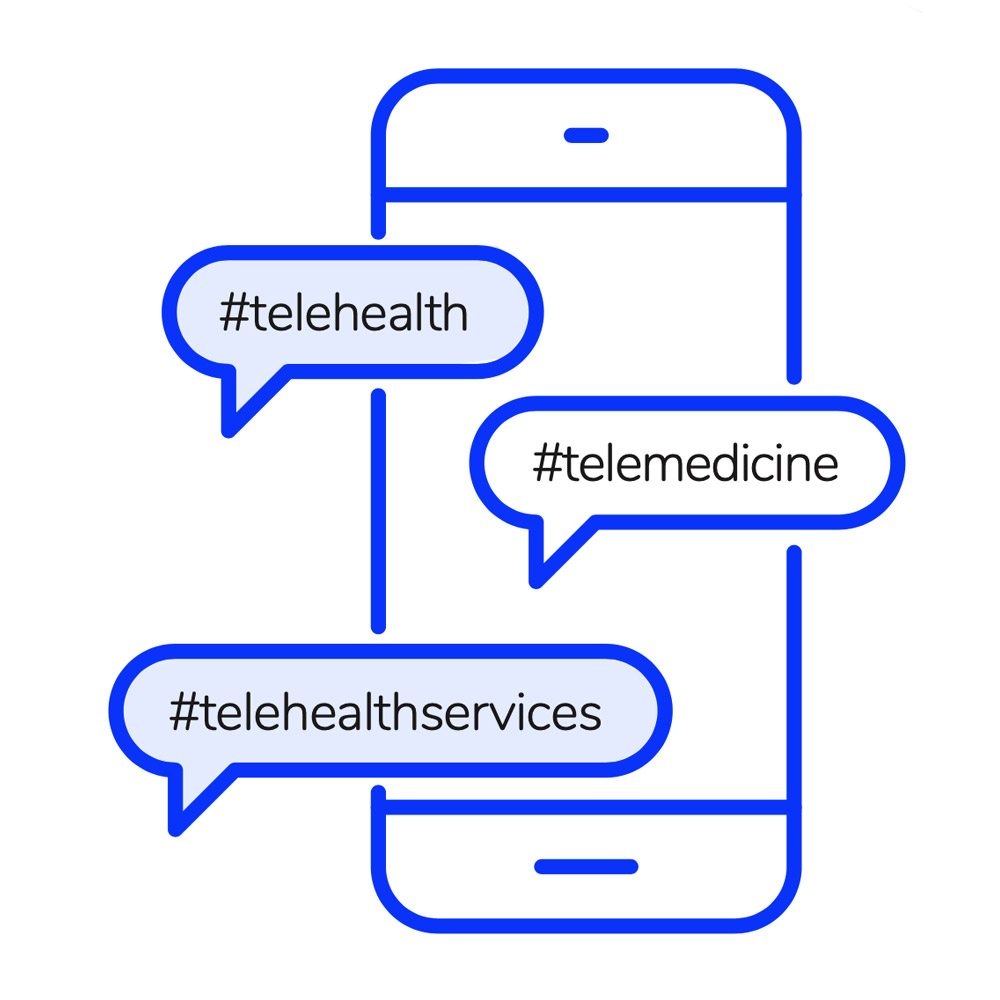
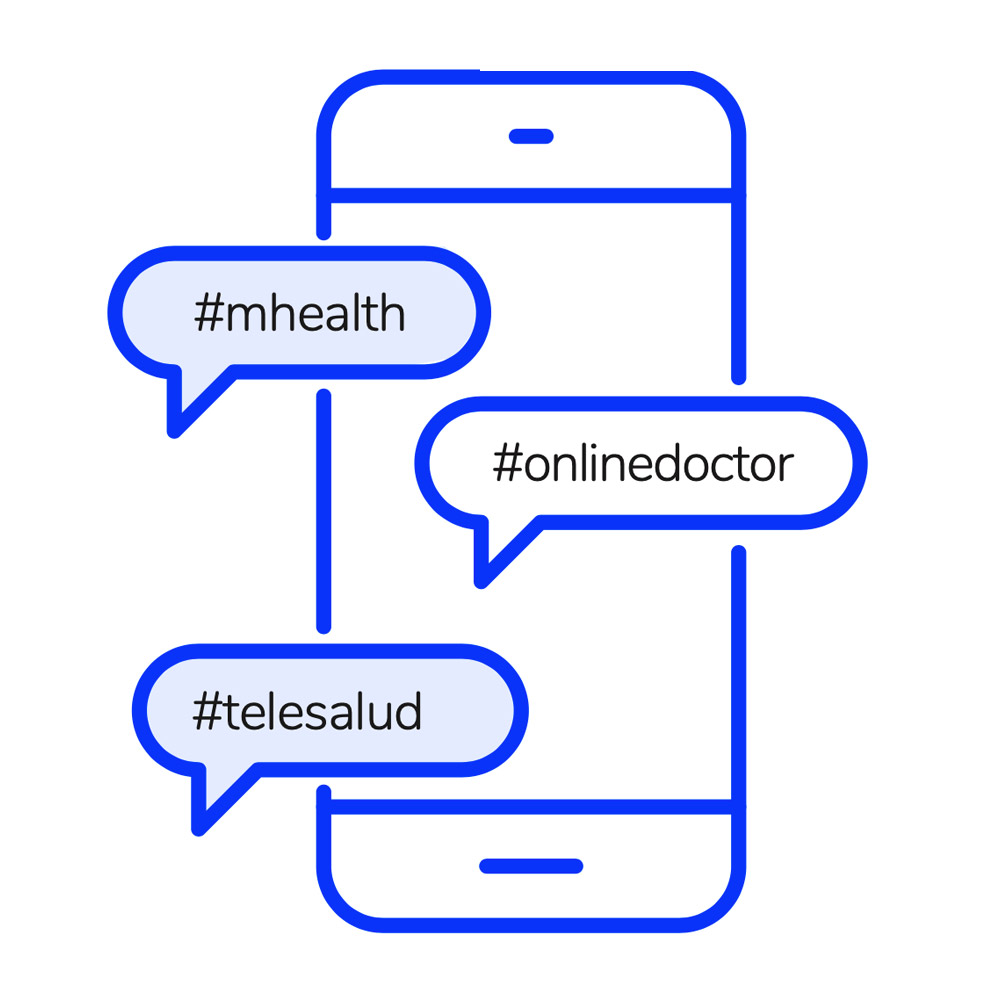
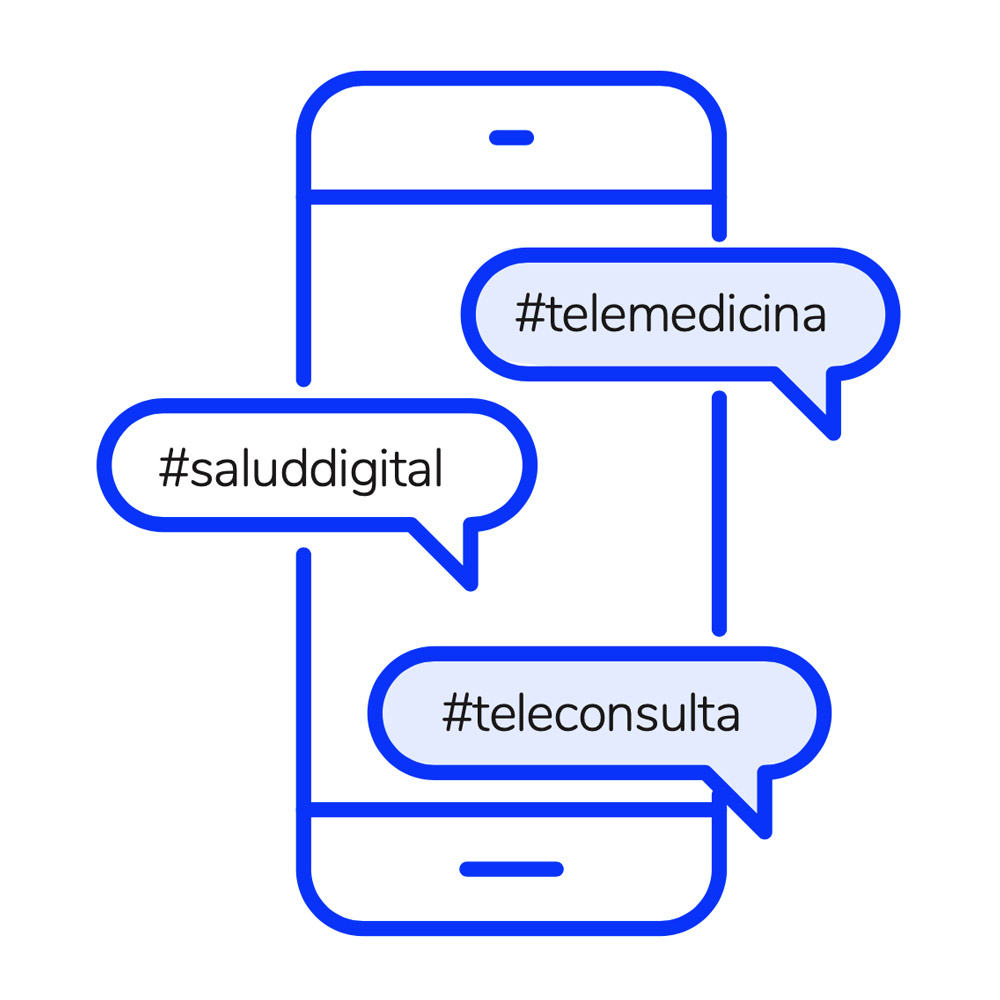
Social Media Sample Graphics
"We have seen first-hand the potential of telehealth during the pandemic for patients who needed to but could not access health care services in-person. We are only at the beginning. Medicines in the home, remote teleconsultations, and other forms of remote health access will continue to improve for our communities. We need to invest, expand, and educate so that these services become a more permanent part of our health care system delivery. Patient advocates can help."
- Name, Title
"All health stakeholders should work together on the promise of telehealth and other forms of remote health access. The right mix of investment, infrastructure, technology, and education can help us expand health coverage, improve access, and better ensure our constitutional right to health. We need public policy to support this. Governments and physicians are deeply vested in the promise of telehealth. So are patients and civil society."
- Name, Title